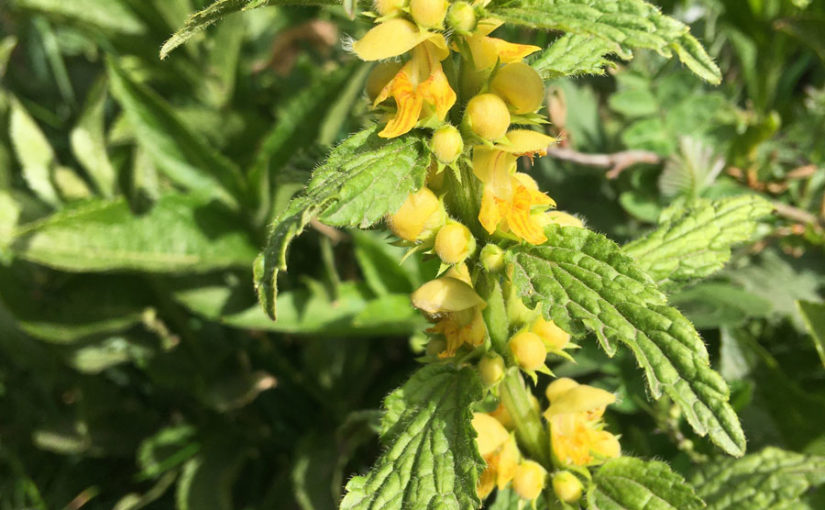A short video among the English bluebells (Hyacinthoides non-scripta) tracing the winding paths in Ecclesall Woods, Sheffield. Enjoy the sights and sounds of South Yorkshire’s largest ancient woodland in all its springtime splendour. With around 50% of the world’s population, Britain is the only place where you can see such large colonies of bluebells and the dazzling display only lasts for a month at most.
Bluebells are a key ancient woodland indicator species and where extensive carpets of them are seen it is safe to assume that you are in woodland dating back at least 400 years. While the bluebells themselves are not this old the bulbs lay dormant in the soil, surviving for decades while they wait for enough light to flower and creep incrementally outwards.
Tag: #springwildflowers
Newfield Spring Wood: ancient woodland indicator species
On a recent visit to Newfield Spring Wood, a woodland close to my home in the southwest of Sheffield, I spotted a classic ancient woodland indicator species: yellow archangel (Lamium galeobdolon). This foliage of this plant superficially resembles the familiar stinging nettle (Urtica dioica), however it can be easily distinguished when in flower. Stinging nettle has lots of tiny ball-like flowers hanging down in chains, whereas yellow archangel has whorls of bright yellow hooded flowers. The adventurous could also tell them apart by testing the leaves – if it hurts it is a stinging nettle!
On this occasion I saw yellow archangel growing alongside white dead-nettle (Lamium album) – also a non-stinger, which has similar flowers (but in white) and broader leaves. Included below is a photo of them growing together to make identification easier.



Although yellow archangel should be a locally common species associated with the ancient woodlands and hedgerows of Sheffield, what is actually frequently found is Lamium galeobdolon ‘Variegatum’ which, as the name suggests, has a variegated leaf. This is a cultivated species that often escapes from gardens into woodlands.


